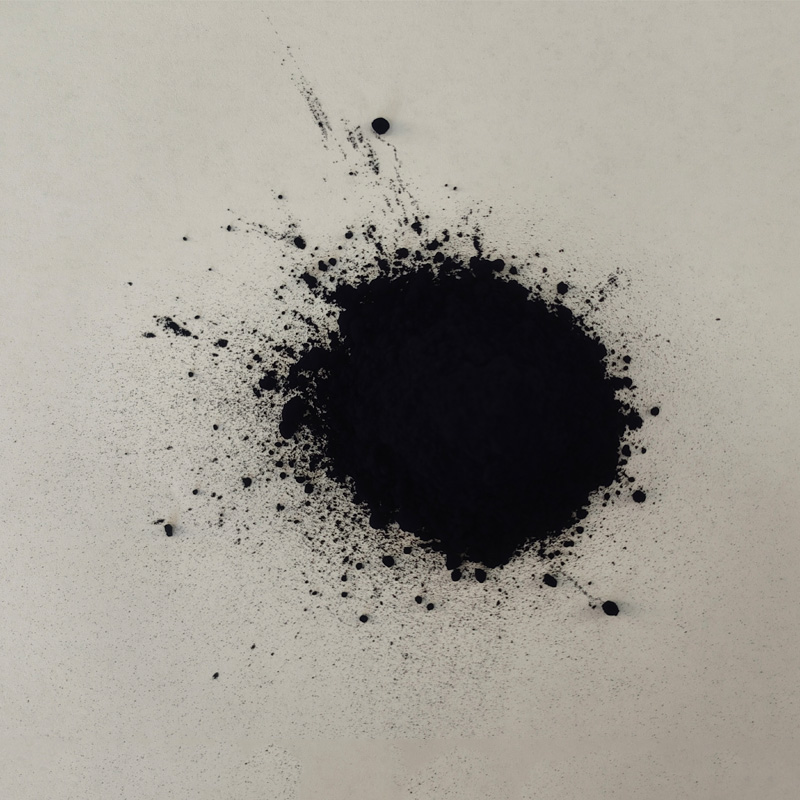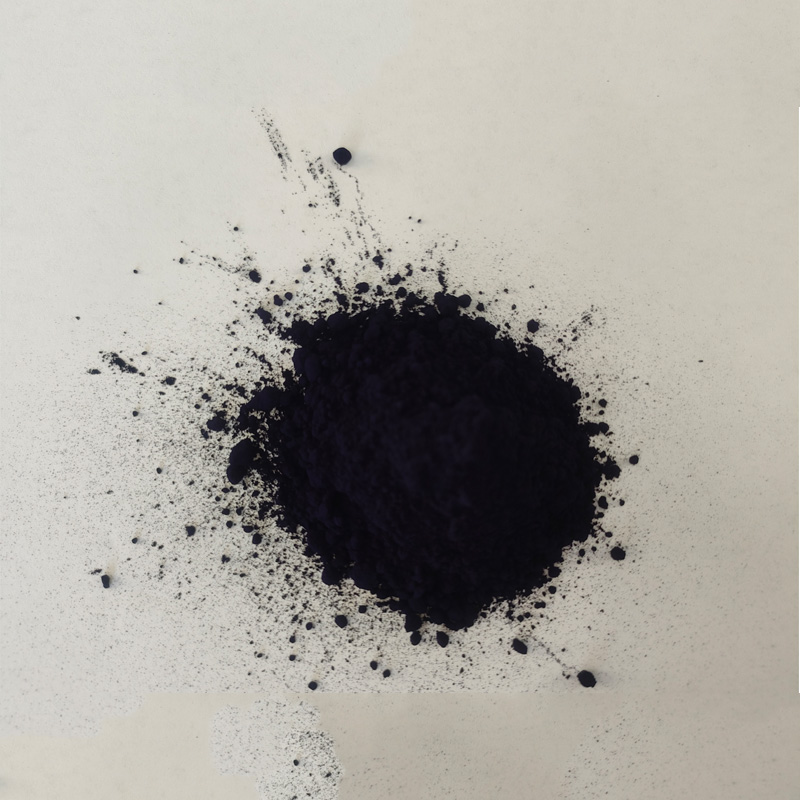Indigo Blue Granular Company | High-Purity, Bulk Supply
Inside the Indigo Supply Chain: Bromo Indigo from Indigo Blue Granular Company
If you spend any time in denim or workwear, you’ll eventually hear about Bromo Indigo (C.I. Vat Blue 5). It’s the slightly moodier cousin of classic indigo, prized for stable vats and a rich blue that behaves well on cotton. I’ve followed the category for years, and—honestly—the market’s changed: buyers are asking for traceability, tighter specs, and proof the dye will survive real-life laundry cycles without nasty surprises.

What it is (and why mills use it)
Product names: Bromo Indigo; Vat Bromo-Indigo; C.I. Vat Blue 5. Formula: C16H6Br4N2O2. CAS: 2475-31-2. HS: 3204151000. Origin: HEBEI FUXIN INTERNATIONAL TRADE CO., LTD., A-1205, MCC World Grand Plaza, 66 Xiangtai Road, Shijiazhuang 050023, China. The headline use is cotton dyeing—rope, slasher, pad–batch, even exhaust for yarns. Many customers say bromo-indigo gives slightly cleaner vats and a deep blue that resists bronzing. In practice, it’s about repeatability shift after shift.
Industry trends (quick take)
- Compliance-first buying: ZDHC MRSL, REACH registration, OEKO-TEX inputs.
- Process efficiency: mills chasing lower sodium dithionite usage and less COD in effluent.
- Customization: tighter particle size control for consistent pick-up and shade build.

Product specs (real-world oriented)
| CI Name | Vat Blue 5 (Bromo Indigo) |
| Molecular Formula | C16H6Br4N2O2 |
| Form | Granular powder, vat-reducible |
| Shade | Deep blue, slightly redder tone vs. standard indigo |
| Purity (assay) | ≈ 96–98% (lot-based; real-world use may vary) |
| Typical Fastness | ISO 105 C06 washing 4–5; X12 dry rub 4; wet rub 2–3; B02 light 5 |
| Recommended Uses | Cotton fabrics, denim, workwear, yarn dyeing, garment dye |
Process flow (shop-floor view)
Materials: Bromo Indigo granules, NaOH (caustic), Na2S2O4 (sodium dithionite), wetting agent, anti-foamer. Methods: vat reduction to leuco form (pH 12–13), pad or rope application (20–40 g/L vat, as needed), multiple dips for shade build, oxidation via air or H2O2, then soaping and neutralizing. Testing standards: ISO 105 C06 (wash), X12 (rubbing), B02 (light); AATCC 61/8 as needed. Service life: on mid-weight denim, color performance typically holds 30–50 home washes before noticeable tone shift—of course, finishing and laundering matter a lot.
Advantages I’ve seen
- Stable vats; less drift across long runs.
- Good build in layered dips; predictable red/blue balance.
- Low specking when particle size is well-controlled.
Vendor comparison (buyers keep asking for this)
| Supplier | Lead Time | Customization | Compliance | Price Tier |
|---|---|---|---|---|
| Indigo Blue Granular Company (HEBEI FUXIN) | ≈ 2–4 weeks ex-works | Particle size, packaging, shade tuning | Supports ZDHC MRSL, REACH-ready docs | Mid |
| Supplier B (regional) | 3–6 weeks | Limited | Basic SDS only | Low–Mid |
| Supplier C (global) | 4–8 weeks | Extensive (premium) | ZDHC, OEKO-TEX support | High |
Customization and packaging
Indigo Blue Granular Company offers lot-based particle-size control (helps with evenness), shade tuning for red/blue balance, and packaging in ≈25 kg bags or fiber drums. For denim lines chasing ultra-consistent rope vats, this is not just nice-to-have.
Case notes from the field
A Bangladesh denim mill reported ≈12% reduction in sodium dithionite use over eight-week trials when switching to bromo-indigo from Indigo Blue Granular Company, with ISO 105 X12 wet rub improving from 2 to 2–3 after process tuning. Another home-textiles printer used it in dischargeable prints and saw cleaner whites post-oxidation—surprisingly good, considering the depth of shade.
Certification and data
Expect SDS, TDS, and support for ZDHC MRSL conformance. Many buyers also request OEKO-TEX Standard 100 input checks and REACH Annex XVII statements. Lab testing typically follows ISO 105 for fastness and AATCC where brand manuals specify: it seems mundane, but spec discipline saves rework later.
References
- ISO 105 Textiles — Tests for colour fastness: C06 (washing), X12 (rubbing), B02 (light).
- ZDHC MRSL v3.1, Zero Discharge of Hazardous Chemicals Programme. https://mrsl.zdhc.org
- REACH Annex XVII Restrictions, European Chemicals Agency (ECHA). https://echa.europa.eu
- OEKO-TEX Standard 100, Product Class Guidelines. https://www.oeko-tex.com
- AATCC Test Methods (e.g., TM61, TM8). https://www.aatcc.org
-
Discover Indigo On: Innovative Modular Solutions for Global Sustainability
NewsNov.24,2025
-
Explore Traditional & Sustainable Indigo Production in India | Eco-Friendly Dye Solutions
NewsNov.23,2025
-
Indigo Suppliers: Sustainable Dyeing Solutions for Global Textile Industry
NewsNov.23,2025
-
Instant Indigo – Fast, Eco-Friendly Indigo Dye Solutions for Modern Industry
NewsNov.22,2025
-
Japanese Indigo Cloth – Sustainable Tradition Meets Modern Textile Innovation
NewsNov.22,2025
-
Comprehensive Guide to How to Make Blue Dye – Sustainable & Practical Insights
NewsNov.22,2025
-
Pure Indigo Powder India - Sustainable Natural Dye from India’s Finest Sources
NewsNov.21,2025

Sulphur Black
1.Name: sulphur black; Sulfur Black; Sulphur Black 1;
2.Structure formula:
3.Molecule formula: C6H4N2O5
4.CAS No.: 1326-82-5
5.HS code: 32041911
6.Product specification:Appearance:black phosphorus flakes; black liquid

Bromo Indigo; Vat Bromo-Indigo; C.I.Vat Blue 5
1.Name: Bromo indigo; Vat bromo-indigo; C.I.Vat blue 5;
2.Structure formula:
3.Molecule formula: C16H6Br4N2O2
4.CAS No.: 2475-31-2
5.HS code: 3204151000 6.Major usage and instruction: Be mainly used to dye cotton fabrics.

Indigo Blue Vat Blue
1.Name: indigo blue,vat blue 1,
2.Structure formula:
3.Molecule formula: C16H10N2O2
4.. CAS No.: 482-89-3
5.Molecule weight: 262.62
6.HS code: 3204151000
7.Major usage and instruction: Be mainly used to dye cotton fabrics.

